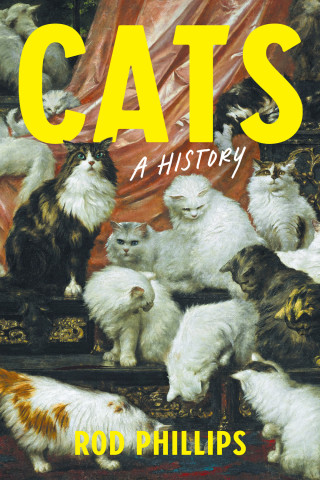
Reviews
Well researched book... A worthwhile contribution.
An important and timely book that will interest a wide range of researchers.
In the extraordinary detail and breadth of its research, States of Inquiry offers important arguments about the state's role in the transformation of the public sphere and print's role in the imagination of national communities. In its acute discussion of particular cases of social inquiry, it offers a sophisticated model of book-history research.
Frankel's work is a significant contribution to the understanding of the evolution of two representative governments and their societies during the nineteenth century.
The author has done a brave job of tackling an enormous, gray mass of governmental publication in the nineteenth century and giving us a great many local insights in the process.
Ambitious book... adds much to our understanding of the development of social scientific 'fieldwork'... By combining a detailed history of publishing with a broader history of social investigation, Frankel offers us a fresh insight into the relationship between these different aspects of state building and the production of social knowledge.
A strenuously empirical, theoretically informed study that reaches across a wide range of subjects, geographies, and politics to examine how official knowledge was created in the nineteenth century.
Compelling.
Book Details
Acknowledgments
Introduction
Part I: Monuments in Print
1. Blue Books and the Market of Information
2. The Battle of the Books
3. The Bee in the Book
Part II: The Culture of the Social Fact
4. Scenes of
Acknowledgments
Introduction
Part I: Monuments in Print
1. Blue Books and the Market of Information
2. The Battle of the Books
3. The Bee in the Book
Part II: The Culture of the Social Fact
4. Scenes of Commission
5. Facts Speak for Themselves
6. Can Freedmen Be Citizens?
Part III: Totem Envy
7. Archives of Indian Knowledge
8. The Purloined Indian
Conclusion
Notes
Essay on Sources
Index





